Changes in the electrical, power systems in manufacturing, industrial buildings
Several changes to the design of manufacturing and industrial buildings are covered here by electrical, power and lighting experts
The Southeast Toyota Vehicle Processing Center is in Commerce, Georgia. Courtesy: Jordan & Skala Engineers
Respondents:
- David L. Cooper, PMP, Principal, Smith Seckman Reid Inc. (SSR), Memphis, TN
- Andrew David Hager, BASMA, PE, LEED AP, Senior Mechanical Design Lead, CRB, St. Louis
- Darren Rogge, Senior Associate, Jordan & Skala Engineers Inc., Norcross, Georgia
- Joe Schadt, Construction Executive, Industrial, Harris, St. Paul, Minnesota
David L. Cooper, PMP, Principal, Smith Seckman Reid Inc. (SSR), Memphis, TN; Andrew David Hager, BASMA, PE, LEED AP, Senior Mechanical Design Lead, CRB, St. Louis; Darren Rogge, Senior Associate, Jordan & Skala Engineers Inc., Norcross, Georgia; Joe Schadt, Construction Executive, Industrial, Harris, St. Paul, Minnesota. Courtesy: Smith Seckman Reid, CRB, Jordan & Skala, Harris
Are there any issues unique to designing electrical/power systems for these types of facilities?
Darren Rogge: Absolutely. We work closely with the client to obtain their electrical equipment loads and get an understanding of their facility operational parameters to better develop the electrical design for the facility. Also, there has been an increase in electrical usage in the industrial building market and most utility providers are becoming keenly aware of these increased needs and are asking for more precise demand load information. The configuration of the electrical distribution is also an important factor. With larger buildings comes longer feeder lengths and/or additional quantities of electric service entrances. The elements need to be evaluated along with the location of any concentration of larger loads within the building as a key element in shaping the configuration of the electrical distribution design. Most of the industrial projects we have designed have a permanent on-site stand-by generator to support life-safety loads (exit and egress lighting). Some end-users will also look to have their main distribution frame room equipment backed-up by the generator. The use of a generator to supply exit and egress lighting is a decision made in collaboration with the owner to eliminate the use of battery ballast lights for egress lighting throughout the building. The maintenance cost of the two systems is typically the driving factor and usually the use of an on-site generator is decided upon.
Andrew David Hager: Process and manufacturing facilities are big electric consumers. The big issues are the availability of reliable, clean (voltage spikes) power. Discussions with power providers and estimates need to be done early. No one wants to wait on a substation to be built to get power for a facility.
What types of unusual standby, emergency or backup power systems have you specified for industrial and manufacturing facilities?
Darren Rogge: We had a project that required full 100% backup generator power systems to support the entire operation during a utility power failure. Due to the size of the project and the electrical loads to be incurred, this project had multiple electric distribution switchboard locations. For this project, we worked with the local utility provider and designed a primary-fed medium-voltage distribution system with multiple generators that provided power distribution through switchgear that paralleled the incoming utility power system to provide complete backup power to their entire facility. The system included two 3,900-kilowatt, 15 kilovolt generators with medium-voltage paralleling switchgear and an on-site load bank for testing.
Andrew David Hager: The only “unusual” power source I have interacted with is inertial uninterruptable power supply sources, which really are not that unusual anymore.

The Southeast Toyota Vehicle Processing Center is in Commerce, Georgia. Courtesy: Jordan & Skala Engineers
How does your team work with the architect, owner’s rep and other project team members so the electrical/power systems are flexible and sustainable?
Andrew David Hager: Our project teams work side by side using Revit BIM and routine communication where we can present to the client and to power providers much easier than what would be demonstrated in person.
Darren Rogge: The biggest challenge in designing the electrical distribution system is understanding the end-user’s power needs. Once you have digested their power needs and any future growth potential, having a conversation on how much future capability they want to implement now of provide provisions for later will shape your electrical power system design. There are a number of items that can be incorporated into the design to provide for a more sustainable system such as solar interconnections, green-power energy credits, fuel cell systems, etc. Understanding your client’s needs and goals is a vital component to employ these systems. Conversations surrounding these needs and goals should be held early in the design process to develop space provisions for the related equipment, allow the design team to work these items into the design and facilitate the necessary coordination with utility providers.
When designing lighting systems for these types of structures, what design factors are being requested? Are there any particular technical advantages that are or need to be considered?
Andrew David Hager: LED lighting is the new norm due to the longevity of the lights, lower power consumption, less maintenance and the prices are what we consider “normal” as the major of lighting for all industries is going to LED.
Darren Rogge: We are typically seeing specific lighting level parameters being provided by the end-user. Lighting controls are also becoming more prevalent in end-user’s design criteria. With LED lighting and various motion control functions and capabilities, the lighting systems can be tailored to provide a variety of different operating characteristics to meet most needs. The use of LED lighting greatly assists with meeting any lighting wattage density limitations in the respective energy codes being enforced.
.png)


